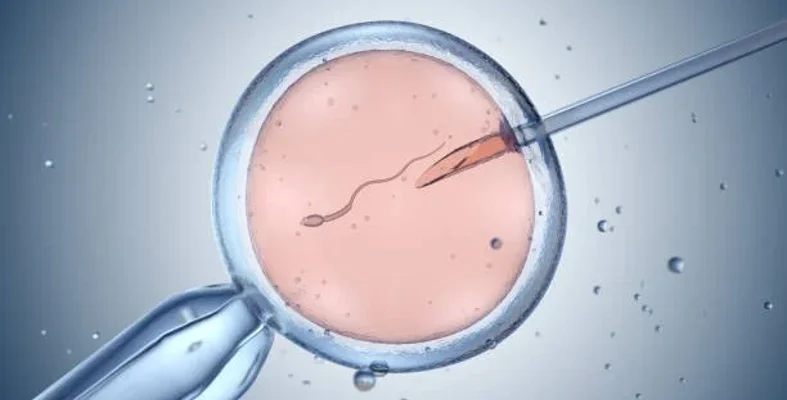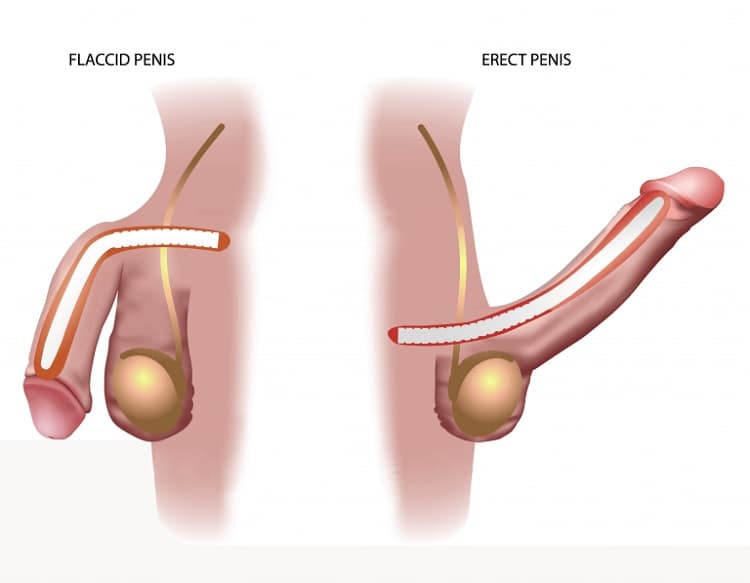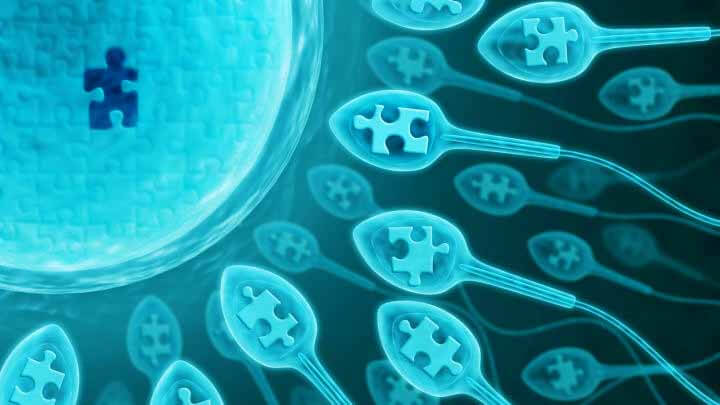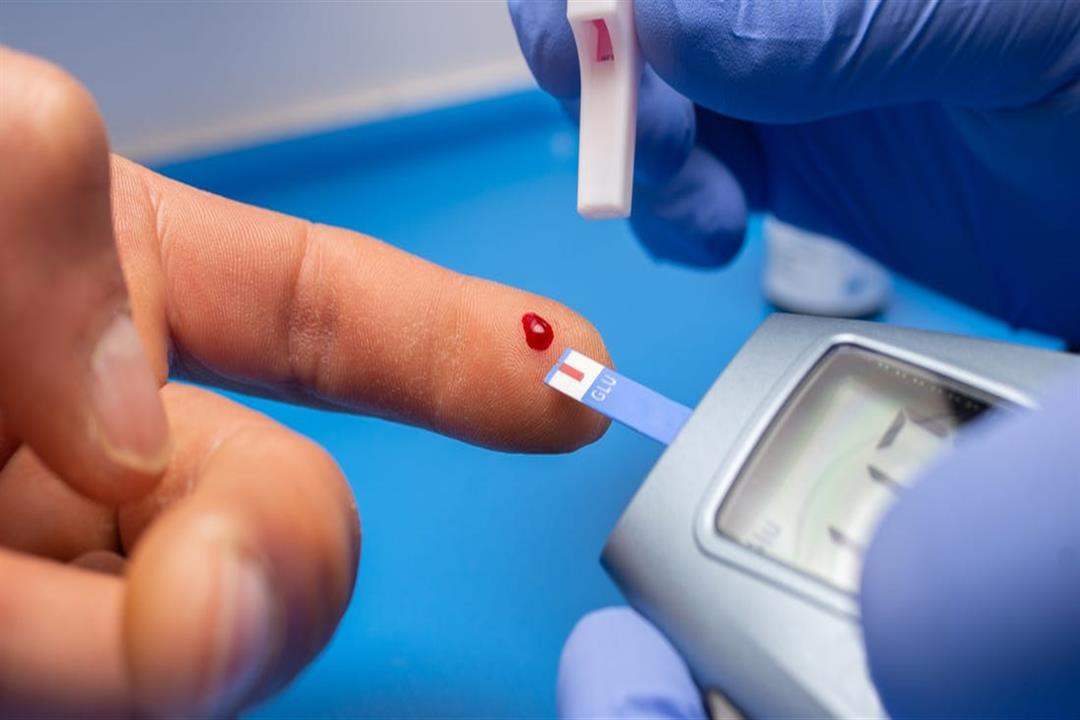Hydraulic Penile Prosthesis
The hydraulic penile prosthesis is an effective medical solution for severe erectile dysfunction (ED) that does not respond to pharmacological treatments. It is surgically implanted in the penis to improve sexual performance and enhance the patient’s quality of life. This technology represents a significant advancement in male reproductive and urological surgery in recent years.
Structure of the Hydraulic Prosthesis
The hydraulic prosthesis is a medical device consisting of three main components:
- Two Inflatable Cylinders: Placed within the penile cavernous bodies, responsible for providing the rigidity needed for an erection.
- Fluid Reservoir: Implanted in the pelvic area, containing the fluid used to inflate the cylinders.
- Small Pump: Positioned in the scrotum, used to inflate or deflate the cylinders, allowing control over the erection.
How the Hydraulic Prosthesis Works
- To achieve an erection, the patient presses the pump in the scrotum, transferring fluid from the reservoir to the cylinders in the penis.
- The fluid pressure increases the size and rigidity of the penis.
- When the erection is no longer needed, the patient presses a release valve on the pump, returning the fluid to the reservoir, and the penis returns to its flaccid state.
Advantages of the Hydraulic Prosthesis
- Full Control: Allows the patient to easily control erection and flaccidity.
- Natural Appearance: The penis closely resembles its natural state in both erect and flaccid conditions.
- Long-Term Solution: Effective over the long term without requiring frequent medical interventions.
- Comfort and Safety: Designed to minimize pain or discomfort post-implantation.
Disadvantages of the Hydraulic Prosthesis
- Mechanical Issues: The pump or cylinders may experience problems over time.
- High Cost: The hydraulic prosthesis is one of the more expensive surgical options.
Procedure for Implanting the Hydraulic Prosthesis
- The surgery is performed under general or spinal anesthesia.
- The procedure typically takes 60–90 minutes.
- Recovery takes 4–6 weeks, during which physical activity or exertion should be avoided.
Candidates for the Hydraulic Prosthesis
- Men with severe ED unresponsive to pharmacological treatments.
- Patients with conditions like diabetes or vascular diseases that affect erection.
- Cases where erections are painful or unstable.






